A blurred background can lift the main subject out of the chaos of the scene and make them stand out and look sharper. The out-of-focus background can have varying degrees of blur and varying degrees of quality. The description of the quality of the blur in a photo has now found its own buzzword; “Bokeh” which means “blur” or “Haze” in Japanese! Pronounced with two syllables, “Bo-Keh” it is derived from the Japanese phrase “Boke-aji” which refers to “blur-quality”. The current spelling “Bokeh” was popularized in 1997 when Mike Johnston, the editor, changed the spelling in “Photo Techniques” magazine after commissioning articles on the subject.
Bokeh in photography is the aesthetic quality of the areas of an image that fall outside of the sharp depth-of-field of a lens using a large aperture opening; it’s the out-of-focus regions in the background or foreground. The effect is enhanced when points of light are present in the blurred areas.
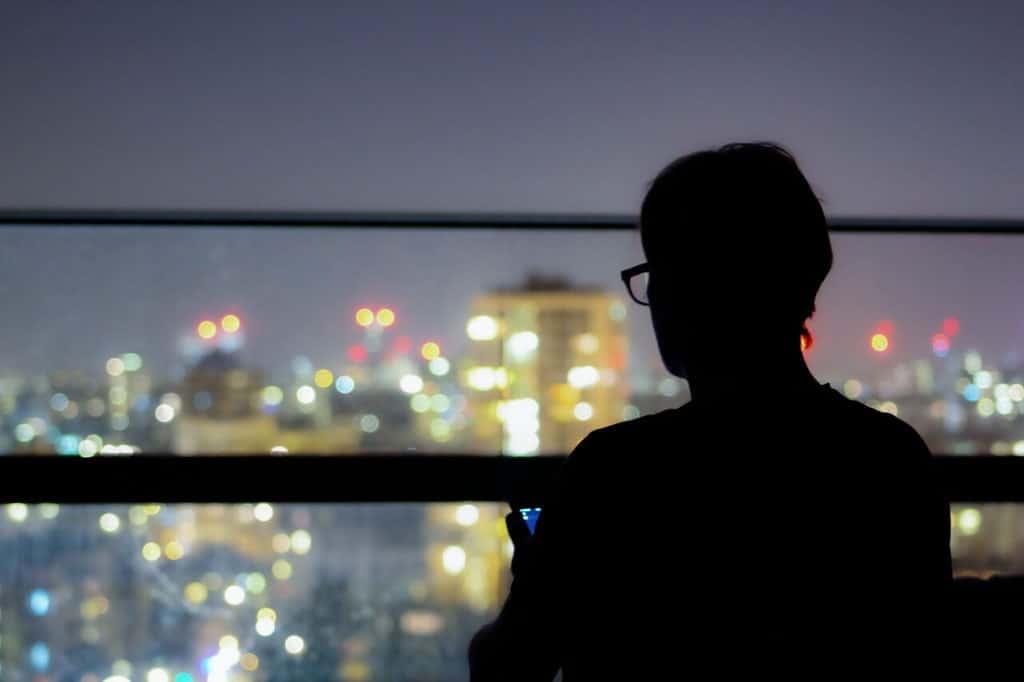
There are various ways to achieve a degree of “bokeh” in your photographs and the effect varies with different types of lens and different focal lengths. You have to understand the principles of depth-of-field and Aperture opening size. It is often associated with the results of how the lens presents out-of-focus points of light in the blurred areas but it also describes the quality of all out-of-focus areas in a photograph. Keep reading for an illustrated guide on “bokeh” in photography and how to reveal it.
Illustrated Guide to Bokeh in Photography
Discs of Light
When we think about “Bokeh”, most of us have visions of those magical, floating discs of myriad lights produced by blurring hundreds of tiny points of light in the background. They are often produced in the out-of-focus regions of an image by Christmas tree lights or a distant city street or a cityscape far off in the background. This is the most iconic rendition of “Bokeh” that we all know but what creates these floating globes of light? Sometimes they are perfectly circular and other times they are polygonal. These are produced because points of light in the blurred areas become an image of the Aperture opening, whatever shape it happens to be.
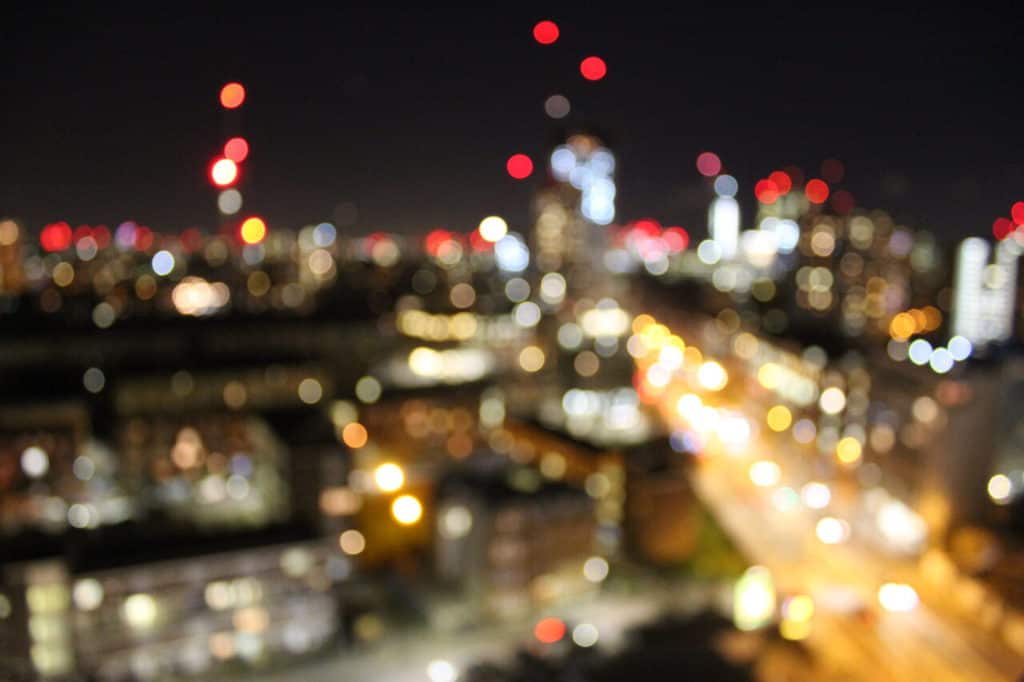
Good And Bad Bokeh
This is a subjective matter but the good “Bokeh” is thought to appear soft and smooth, blend well together in the background and generally have a pleasing effect while not distracting from the sharply focused subject. They also have a nearly perfectly circular shape. This smooth rendition of soft point-lights in the background, the good “Bokeh” are usually produced with prime lenses or zoom/telephoto lenses with very large maximum apertures like f2.4 or f2.8. The quality of the optical design is usually superior with these high-quality lenses and therefore the correction for spherical aberration will leave the “Bokeh” discs with a soft, smooth edge.
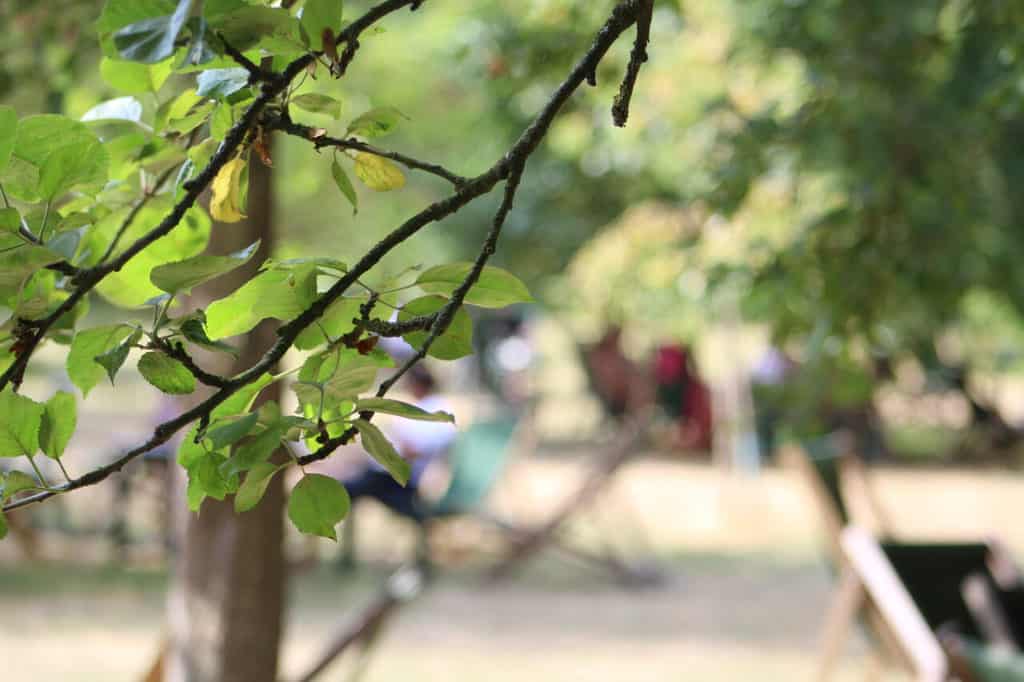
Photo by Oscar J Harper
The so-called bad “Bokeh” is produced by cheaper lenses with inferior optical design. The maximum Aperture opening is much smaller so the potential for a very shallow depth of field is reduced. The correction for spherical aberration will be inferior and that may cause a harder edge to the “Bokeh” discs which will appear harsher and more distracting in the background. Sometimes that effect is desirable in certain images.
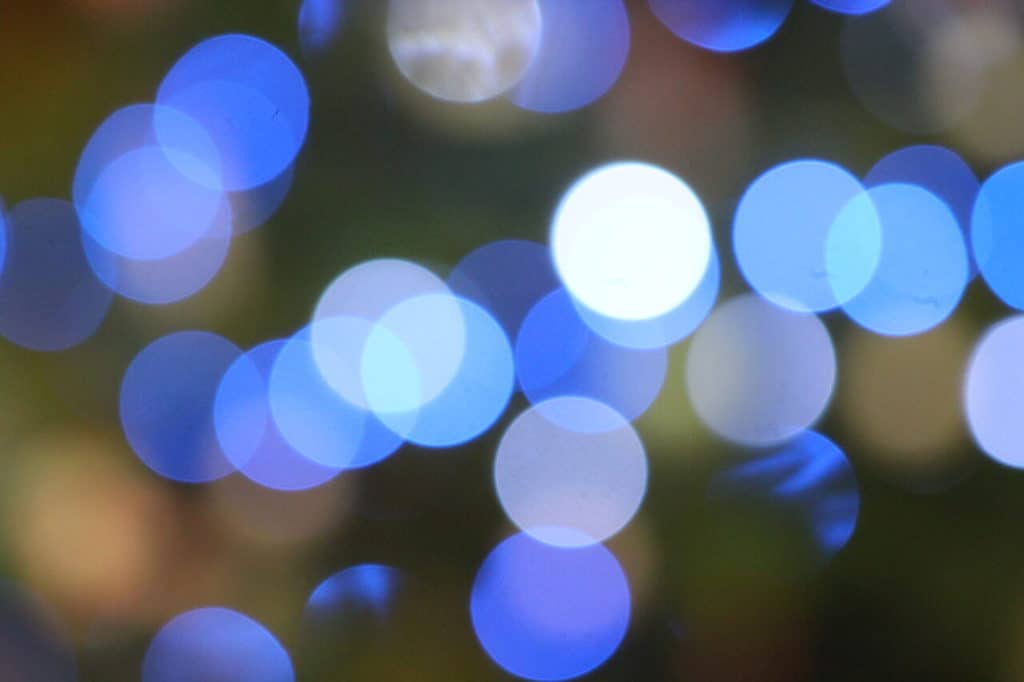
Photo by Oscar J Harper
How do You Produce Bokeh With a Short Lens?
A short Prime lens (one with only one focal length; no zoom) of 50mm or less, will generally have quite a large maximum aperture and therefore the potential for a shallow depth of field. They also have a very wide field of view which means that a deep depth of field would be in focus if you focus on the middle ground or distant background. “Bokeh” may not be visible in this case. The way to encourage “Bokeh” with these lenses is to focus on a subject that is very close to the camera and this will throw the whole background out of focus and create more potential for a good deal of background “Bokeh”.
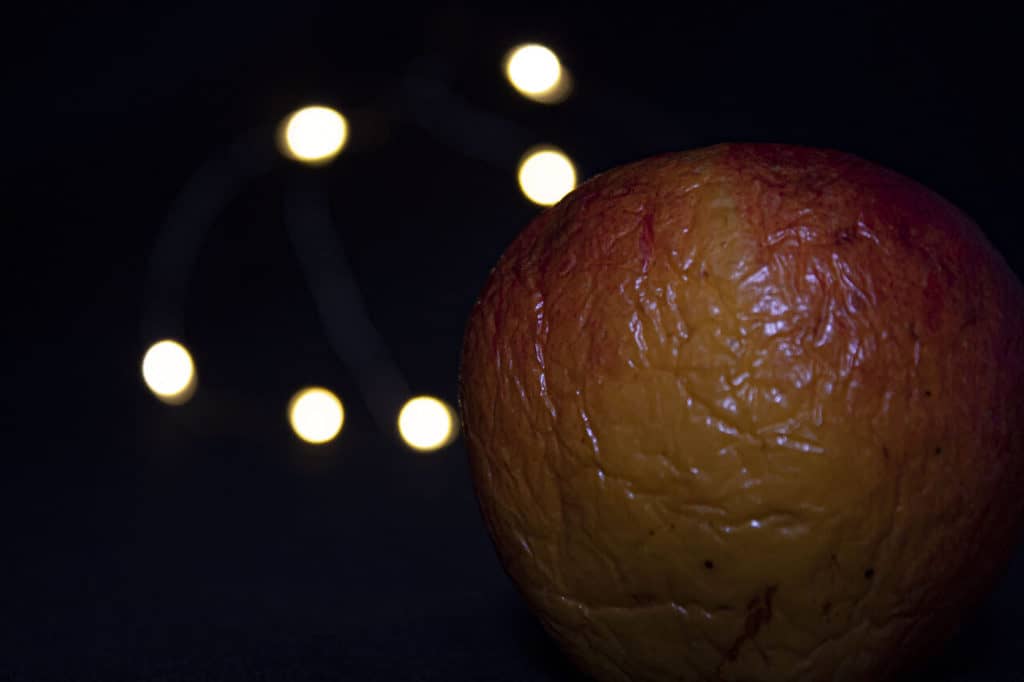
Photo by Oscar J Harper
Make sure you use the largest Aperture opening and ensure your subject is far away from the background to increase the blur and improve your chances. To create the floating discs, make sure that there are some points of light in the background or foreground and that they will be bright enough to be seen in the ambient light of the scene. They could be man-made points of light like distant city lights, vehicle lights or decorative lights. The sun can also produce tiny points of light when it shines onto wet, dewy grass or catches the waves on a rippling ocean or river.
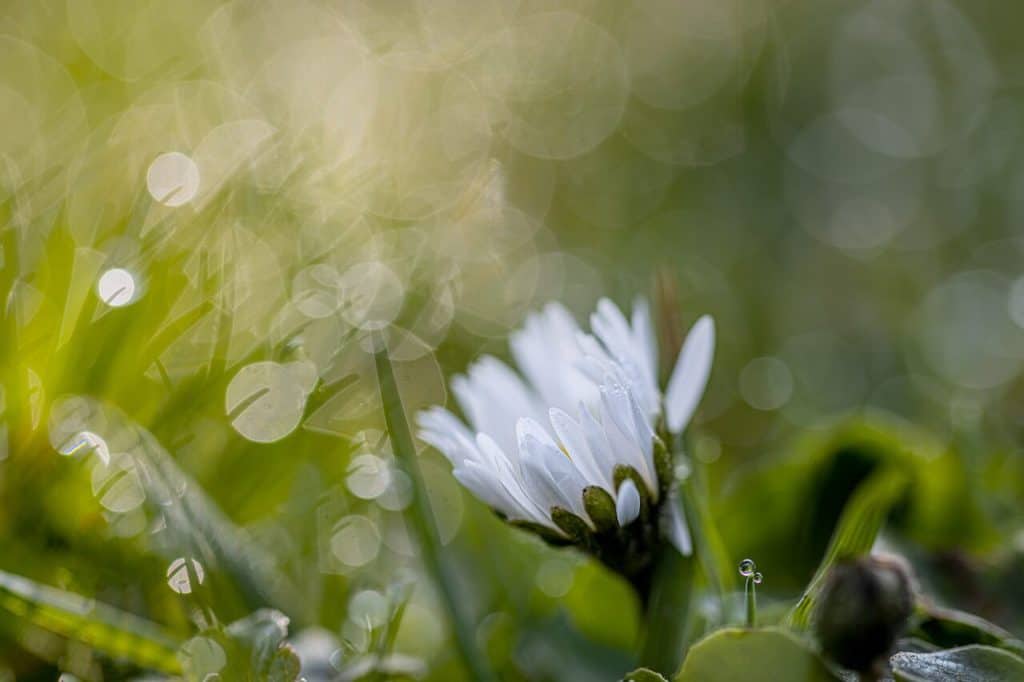
How do You Produce Bokeh With a Telephoto or Zoom Lens?
High-end zoom and telephoto lenses will have a relatively large maximum Aperture opening and a very narrow field of view to guarantee background blur when wide open. Even the cheaper kit zoom lenses, although they have a smaller maximum Aperture opening, they have a narrow field of view so they will also produce some “Bokeh” discs if you use the largest Aperture opening.
You can get close to your subject by zooming in and this will drastically reduce the field of view and throw the background way out of focus. The zoom-in should increase the size of the “Bokeh” discs. Make sure again that the subject is not close to the background. You may need a tripod if it’s nighttime or very low light.
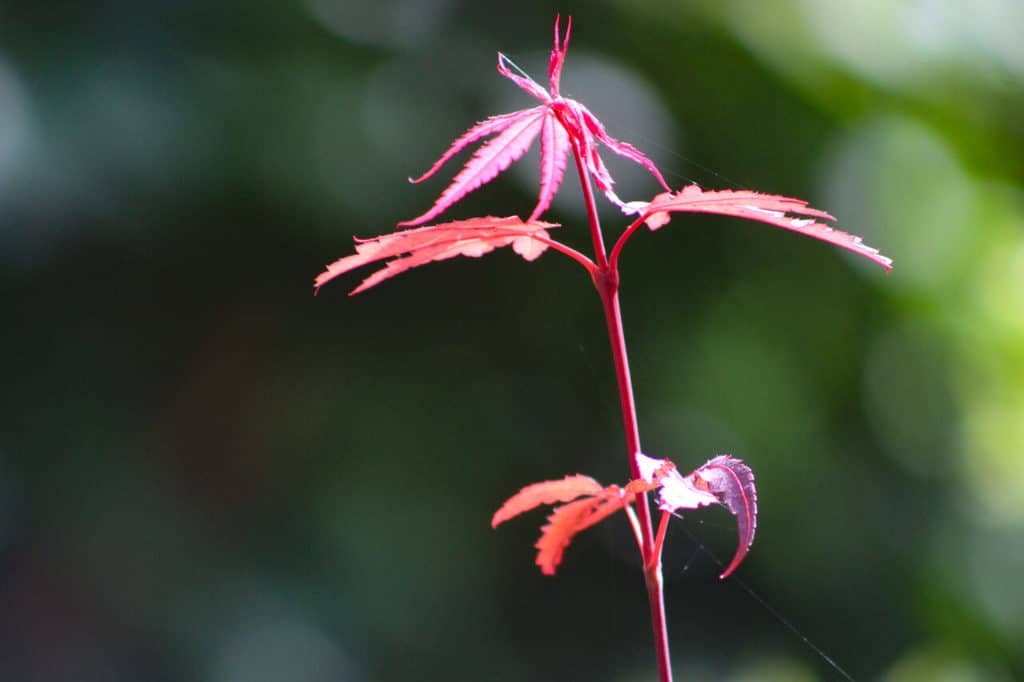
Bokeh Disc Shapes
We know that discs of light are produced because points of light in the blurred areas become an image of the Aperture opening. If the Aperture opening of the lens is wide open, the shape of the “Bokeh” discs will always be perfectly circular, no matter how inferior the lens. This is because the Aperture blades are not yet visible; they are not peaking out of their parking zone to decrease the Aperture opening size.
Once you start to close down the Aperture opening the blades will become visible in the lens and the “Bokeh” discs will take on the shape of the blades. So if your camera has six, seven or eight straight-sided Aperture blades, the visible “Bokeh” light discs will be hexagonal or octagonal in shape. This is considered to be associated with the “Bad Bokeh” although it can be used to great visual effect in abstract compositions.
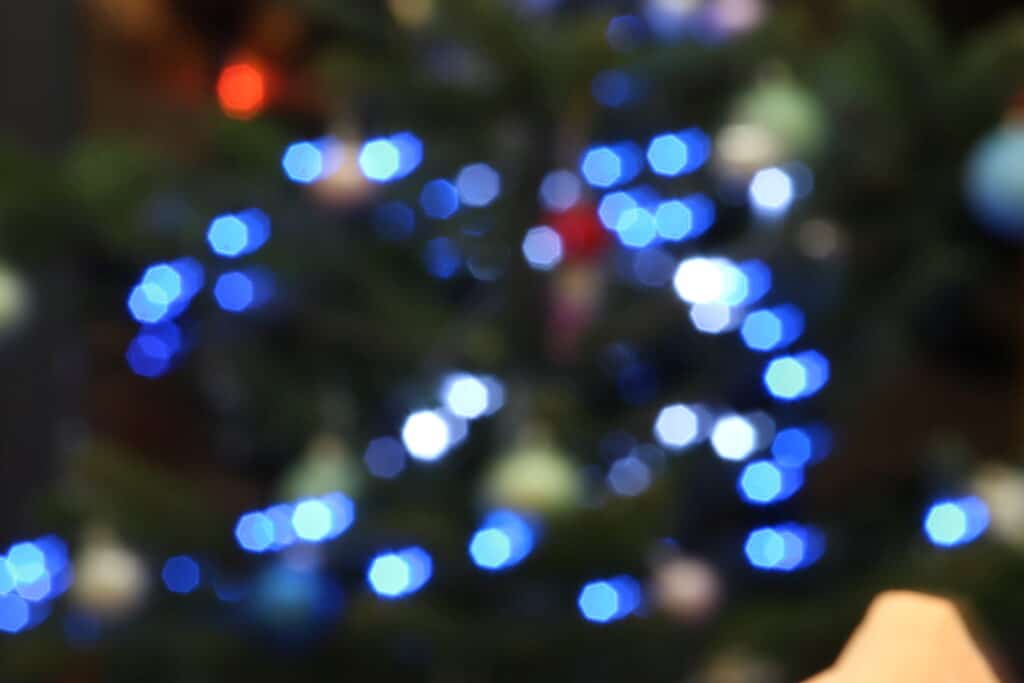
Photo by Oscar J Harper
Changing The Shape of The Bokeh Light Discs
There is actually a creative way to change the shape of the “Bokeh” discs that appear in the blurred background to anything you wish: hearts, stars, diamonds, anything that you can imagine. It involves creating a cardboard cutout of the shape, in black card, that you want to conceive. The cutout shape should be smaller than the maximum Aperture opening of the lens and held in place exactly in the centre of the lens. Use a standard 18-55mm lens or similar set to 55mm.
You can fashion a tube out of black cardboard to hold the card with the cutout shape in it. Fix it to the tube with blackout tape to make the connection light-tight. Place some decorative lights in the background of your proposed scene. Place a subject some distance away from the background. Using the maximum, Aperture opening, get close up to the subject and focus on it. The background lights will blur out into the “Bokeh” discs but they will all take on the form of the cardboard cutout shape. Experiment with different shapes and sizes.
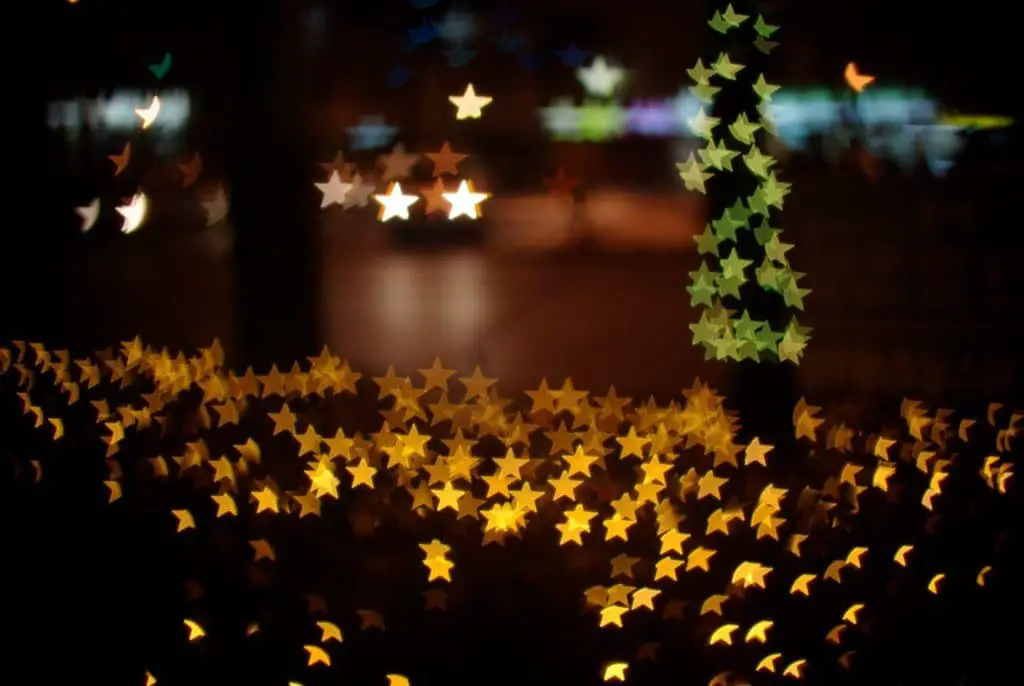
Related Questions
What is Aperture in Photography and How to Use it?
Understanding Aperture will give you an insight into the meaning of Depth-of-field. This is very important to know when thinking about the degree of Bokeh that you require in the out-of-focus areas of your photographs. You can read more about this in our illustrated guide right here.
What is The Exposure Triangle?
Knowledge of the three aspects of Exposure will allow you to take full control of how your photographs will look and give you a creative advantage. We have more on this subject in this fully illustrated article which you can access by clicking here.

